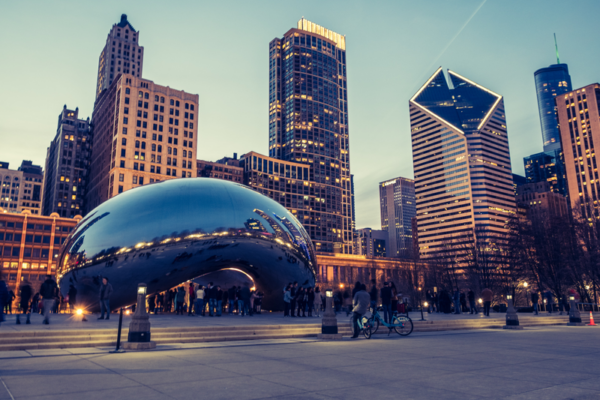
Reduce Gun Violence With Jobs
In 2015, when Arne Duncan moved back to Chicago after serving as President Obama’s education secretary, he set out on a listening tour of perhaps the least listened-to young men in America: Shooters.

In 2015, when Arne Duncan moved back to Chicago after serving as President Obama’s education secretary, he set out on a listening tour of perhaps the least listened-to young men in America: Shooters.

On September 13, a police officer in Lancaster, Pennsylvania, fatally shot a man in the midst of a mental health crisis. The family of the 27-year-old victim, Ricardo Muñoz, said he had been diagnosed with schizophrenia and bipolar disorder, but hadn’t been taking his medication.

Not long after schools closed because of the coronavirus last spring, a Rhode Island nonprofit launched a hotline for teachers who were struggling to launch new technology for remote leaning and trying to figure out how to teach with it. Within a few weeks, hundreds of teachers — and eventually parents, too — were flooding the line with calls for help
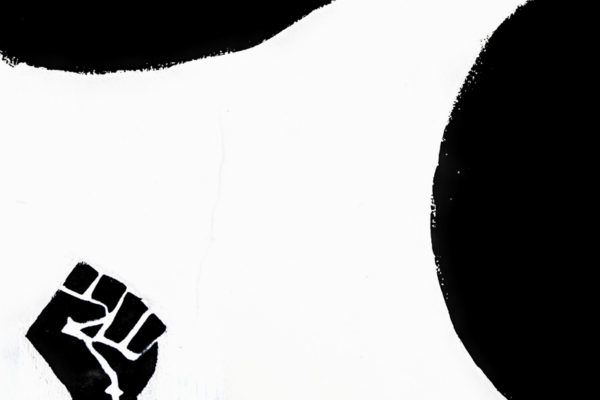
In a nutshell, our racial dilemma is grounded in a political, economic, and identity-based devaluing of Black lives that has persisted ever since the first enslaved African arrived in Jamestown in 1619. The ensuing history of the United States is built on both racial and economic injustice, two related but distinct problems. These racial and economic injustices, while entrenched, can be addressed.
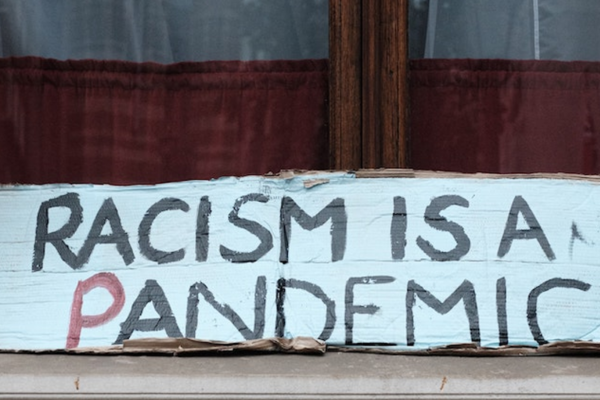
“We can see the impact when we look at Breonna Taylor, Ahmaud Arbery, George Floyd and many others,” says Dr. Tracie Collins, dean of The University of New Mexico College of Population Health. “The racism really warrants attention, it warrants prevention, diagnosis, and treatment like any other crisis.”

Black history instruction tends to focus on three areas — enslavement, the Civil War and the civil rights movement — and often is shoehorned into Black History Month in February, the shortest month of the year. Now some states, schools and teachers are moving to infuse the Black experience into the broader social studies curriculum.
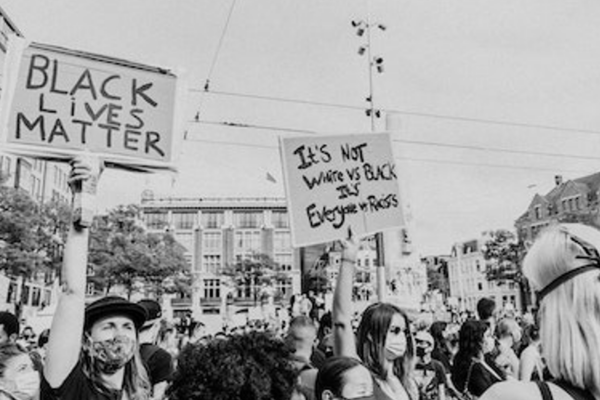
Today, white families have thirteen times the wealth of Black ones—a gap that persists at every educational level. Black household’s average net wealth is $11,000, compared to a white household average of $141,900. How did this happen?
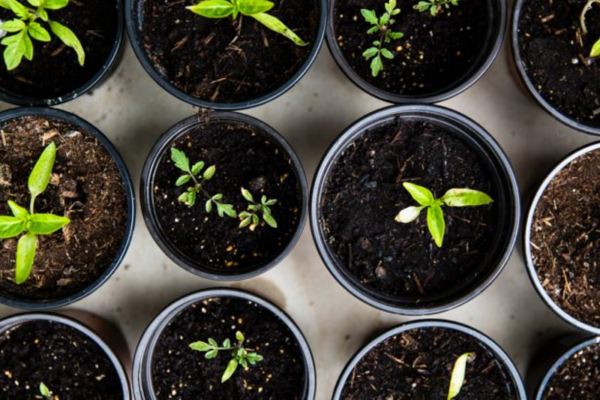
by Samantha Melamed, The Philidelphia Inquirer April 27, 2020

ByKate Elizabeth Queram, Route Fifty, May 18, 2020
Senior centers, nursing homes and long-term care facilities across the country have launc…